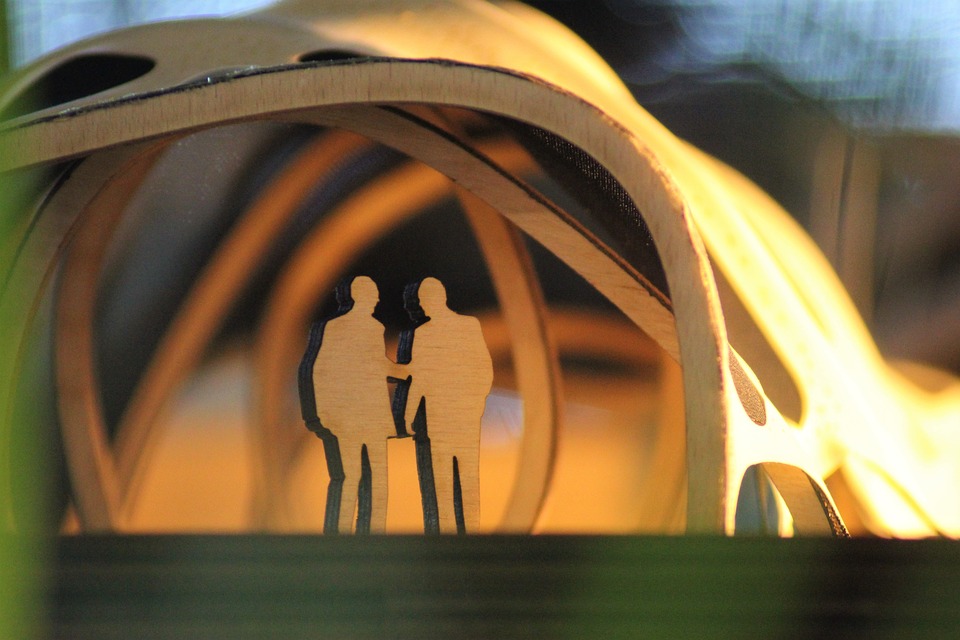Revolutionizing Education: How Augmented Reality is Changing the Classroom Experience

Education is constantly evolving and advancing, with new technologies reshaping the way students learn and engage with content. One such technology that is revolutionizing the classroom experience is augmented reality (AR). Augmented reality is a technology that combines the physical world with digital elements, allowing users to interact with virtual objects in real-world environments. In the education sector, AR is transforming traditional teaching methods and providing students with engaging and interactive learning experiences.
One of the key benefits of using AR in the classroom is its ability to enhance student engagement and motivation. By bringing lessons to life through interactive 3D models, simulations, and virtual experiments, AR captures students’ attention and encourages them to actively participate in their learning. This hands-on approach not only makes learning more enjoyable but also helps students retain information better and improve their overall academic performance.
Additionally, AR enables educators to personalize the learning experience for each student. With AR applications, teachers can create individualized lessons tailored to students’ unique learning styles and abilities. This allows students to learn at their own pace and receive targeted support and feedback, leading to improved learning outcomes and academic achievement.
Moreover, AR can make complex concepts easier to understand by visualizing abstract ideas and creating immersive learning environments. For example, students studying anatomy can use AR apps to explore the human body in 3D, while students learning about historical events can virtually experience significant moments in history. This hands-on approach not only deepens students’ understanding of the subject matter but also sparks their curiosity and creativity.
Another advantage of integrating AR into education is its ability to promote collaboration and teamwork among students. With AR applications, students can work together on projects, solve problems, and share ideas in a virtual space, regardless of their physical location. This fosters a sense of community and connection among students, encouraging them to communicate effectively and work together towards a shared goal.
In addition to enhancing the learning experience for students, AR also benefits educators by providing them with valuable tools and resources to create engaging and interactive lessons. Teachers can use AR apps to design dynamic presentations, create interactive quizzes, and assess students’ understanding in real-time. This not only makes teaching more efficient but also allows educators to track students’ progress and adjust their instruction accordingly.
Overall, augmented reality is transforming the way education is delivered and experienced, enabling students to learn in a more engaging, interactive, and personalized way. By harnessing the power of AR technology, educators can create immersive learning experiences that inspire curiosity, spark creativity, and foster a love of learning in students. As AR continues to evolve and expand, it is clear that it has the potential to revolutionize education and empower students to reach their full potential.






